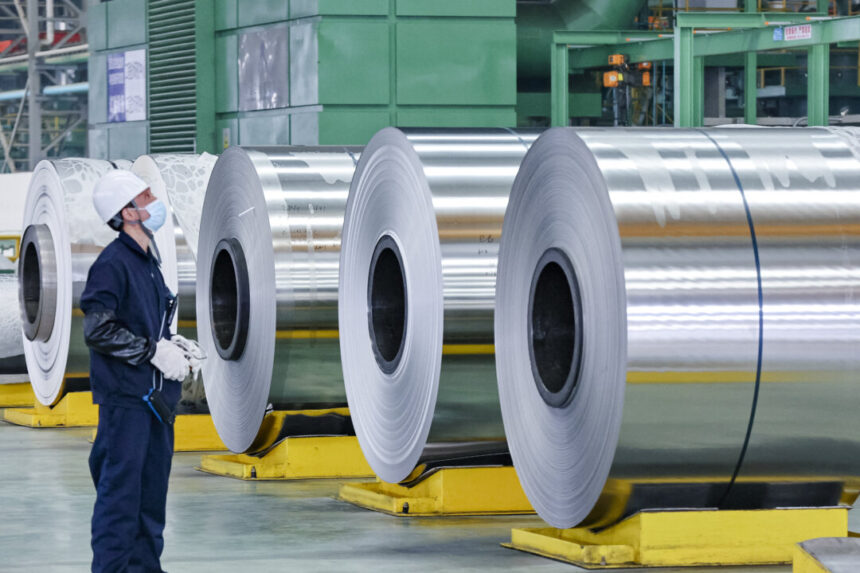Commentary
Amidst the widespread acclaim for Chinese products like cars and solar panels, the inquiry into the innovative capacity of the Chinese economy becomes essential. The answer, however, is complex.
An innovative economy is characterized by increased productivity and efficiency, often referred to as growth in total factor productivity by economists. The ability to produce more with fewer resources is a hallmark of technological advancement and capital utilization.
While it may seem evident that the Chinese economy fosters innovation, it’s crucial to differentiate between individual firms or sectors innovating and the economy as a whole innovating. Even in regimes like the Soviet Union or North Korea, innovative products can emerge without translating into overall economic innovation.
In reality, the Chinese economy has grappled with a prolonged lack of innovation, leading to concerns about low factor productivity even among Chinese economists. The growth witnessed is primarily driven by increased capital through higher debt levels rather than enhanced innovation, efficiency, or a skilled workforce.
Despite the impressive products like high-speed rail, operating systems, and airplanes originating in China, they heavily rely on foreign technology, which is then adapted and manufactured locally with substantial subsidies. True economic advancement hinges on enhanced productivity, yet the Chinese economy leans on centralized planning that fosters distorted incentives.
A parallel scenario unfolds in contemporary China, with government directives prompting a surge in semiconductor manufacturing initiatives. Companies across various sectors rush into semiconductor production, seeking state aid, only to face subsequent collapses and bankruptcies. Even surviving firms rely heavily on ongoing subsidies to sustain operations.
This underscores a fundamental challenge in China’s innovation ecosystem. In a centrally planned economy, the pursuit of innovation and product quality takes a backseat to aligning with public sector interests, as evidenced by economic studies. While young Chinese firms exhibit innovation and efficiency, older entities tend to stagnate and become reliant on financial backing and state support.
As the saying goes, much of China’s innovation narrative revolves around the Chinese Communist Party, with mandates like “Xi Jinping Thought” diverting attention from business needs and improvement strategies.
The crux of the issue lies in the disincentivization of innovation within China’s authoritarian economic framework, where control and conformity overshadow creative endeavors. Despite calls for enhancing Party leadership in science and technology, this approach contradicts the essence of innovation and stifles progress.
With a diminishing economy and declining productivity, the CCP’s inclination towards tighter control rather than fostering innovation poses a formidable challenge.
Views expressed in this article are opinions of the author and do not necessarily reflect the views of The Epoch Times.
Can you rewrite this paragraph for me?
Source link








